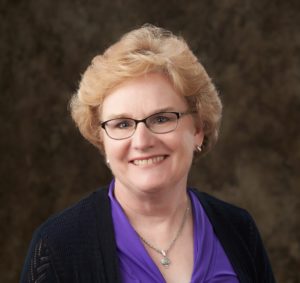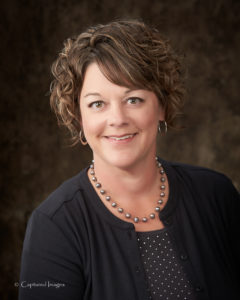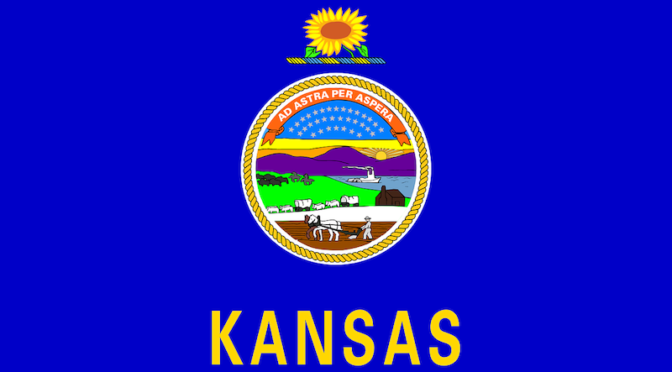
Everyone feels tired now and then. However, after a good night’s sleep, most will feel refreshed and ready to face a new day. It can be a little more challenging to feel refreshed during the dog days of Summer. Those days represent some of the most oppressive days of the season.
During this time of the year, as we plan our day, we are likely considering where our stops can be made at various cool spots. While we may not be expending a lot of energy throughout the day, due to the heat, our bodies are still working hard to keep us cool. Often, we are not hydrating enough to avoid feeling fatigued.
When should we be concerned about fatigue? We may have spells over a few days where we are feeling more tired than normal. During those times, our bodies may be trying to catch up from over exertion, or maybe something else is going on we cannot see. However, if the tiredness or lack of energy continues for several weeks, and it keeps you from doing the things you enjoy, it may be time to do some investigating.
Sometimes, fatigue can be the first sign that something is wrong within your body. Chronic disease and treatments for disease can contribute to fatigue. Certain medications, infections, untreated pain, anemia, and sleep disorders are other factors that can cause fatigue.
Emotional stresses can create fatigue. Are you fearful about the future? Do you worry about your health? Conditions that include anxiety, depression, grief from the loss of a family member, and feeling that you have no control over your life, are additional conditions that contribute to fatigue.
Not getting enough sleep can be a factor with fatigue. Regular physical activity can improve sleep. It may also help reduce feelings of depression and stress while improving your mood and overall well-being.
Day-to-day factors that could be adding to fatigue can include staying up too late, having too much caffeine, drinking too much alcohol, and eating empty calorie foods, such as fried foods and sweets. Choosing nutritious foods will better generate energy needed to do the activities you enjoy.
Did you know that boredom can cause fatigue? Boredom in and of itself can make you feel tired. If you have been busy in the past–especially during your working years–and now you have long days before you with nothing planned, you may be feeling lost about how to spend your time.
Some lifestyle changes may help in feeling less tired. Suggestions include regular exercise, avoiding naps longer than 30 minutes, stop smoking, asking for help if feeling overwhelmed, and keeping a fatigue diary. Keeping the diary may help discover patterns throughout the day when you feel more or less tired.
If you have been tired for several weeks with no relief, it may be time to visit with your healthcare provider. He or she may ask questions about your sleep patterns, daily activities, appetite, and exercise. A physical exam and ordered lab tests may be the next steps in the investigative process.
Treatment will be based on your history and the results of your exam and lab tests. Medications to target an underlying health condition may be in order. Following your health care providers recommendations could make the difference in your energy levels on a long-term basis.
K-State Research and Extension is an equal opportunity provider and employer.









